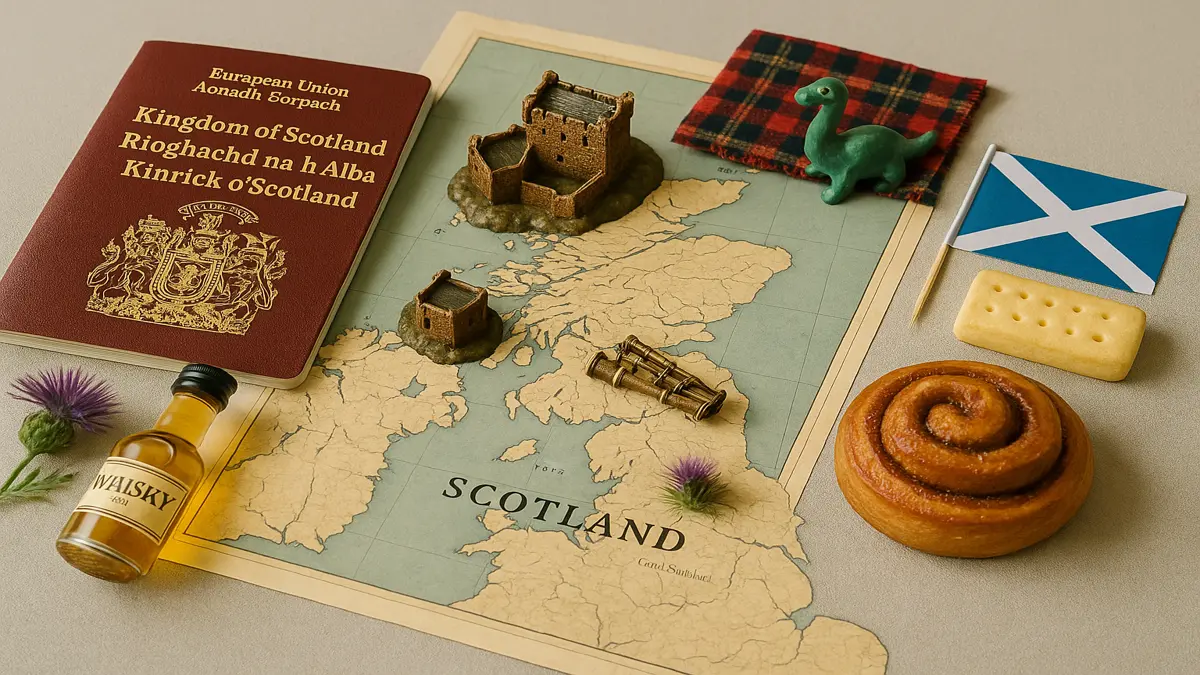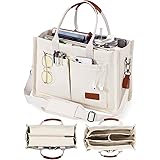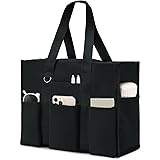Scotland Travel Guide 2025: The Ultimate Handbook for First-Time Visitors
Dreaming of misty lochs, ancient castles, and vibrant cities in 2025? Scotland, a land of dramatic landscapes and rich history, is calling your name. Whether you’re a first-time visitor eager to trace the steps of legends, a solo adventurer seeking wild beauty, a family on a quest for magical experiences, or a senior traveler desiring a blend of comfort and culture, this ultimate guide is crafted just for you.
At Tripstou.com, we’re passionate about turning travel dreams into seamless, extraordinary realities. This comprehensive resource is packed with essential tips on planning, budgeting, top destinations, transport, safety, and much more. Get ready to unlock the secrets of Scotland and create an adventure you’ll never forget!
Table of Contents
- 1. Why 2025 Is the Perfect Year to Visit Scotland
- 2. Best Time to Travel by Season
- 3. Top Destinations for First-Time Visitors
- 4. Where to Stay: Budget to Luxury
- 5. First-Time in Scotland: What You Need to Know
- 6. Solo Travel in Scotland
- 7. Traveling Scotland with Family or as a Senior
- 8. Digital Nomads in Scotland
- 9. How Much Does a Trip to Scotland Cost?
- 10. Getting Around: Trains, Buses, Cars & Ferries
- 11. Must-Try Foods and Cultural Tips
- 12. Sample Itineraries in our Scotland Travel Guide
- 13. Travel Tools, Resources & Safety
- 14. FAQs for First-Time Visitors
- 15. What’s Next? More Guides to Explore
1. Why 2025 Is the Perfect Year to Visit Scotland
2025 is a fantastic year for your inaugural Scottish adventure. The country is buzzing with a renewed energy, offering a warm “Céad Míle Fàilte” (a hundred thousand welcomes) to visitors. You’ll find a perfect blend of timeless traditions and exciting new developments, from innovative distillery tours to a thriving sustainable tourism scene.
Scotland continues to enchant with its rich history, from the windswept ruins of Urquhart Castle to the grand streets of Edinburgh. Yet, it also embraces modernity with a vibrant arts culture, a world-class culinary scene that goes far beyond haggis, and a passion for outdoor adventures. This dynamic mix ensures there’s always something new to discover.
Crucially for first-time visitors, the UK’s new Electronic Travel Authorisation (ETA) system is being rolled out. While it will eventually be required for many nationalities, its full implementation is phased. For 2025, it’s essential to check if your nationality requires an ETA, as this is a key pre-trip preparation. We’ll dive deeper into this in Section 5.
2. Best Time to Travel by Season
Choosing the right time to visit Scotland is key, as the weather is famously changeable. Each season offers a unique charm, but some periods are more favorable for first-timers.
Spring (Late March to May)
- Pros: Pleasant weather, blooming landscapes (daffodils and bluebells), fewer crowds than summer, and often better prices. Days are lengthening, and it’s a great time for hiking and seeing wildlife.
- Cons: Weather can be unpredictable. Expect a mix of sunshine and “dreich” (dull, wet) days. Layers are essential.
- Best For: Sightseeing, city breaks, hiking, and enjoying nature before the midges (tiny biting insects) arrive in summer.
Summer (June to August)
- Pros: Warmest weather, very long daylight hours (especially in the north), and a vibrant atmosphere with numerous festivals like the Edinburgh Festival Fringe.
- Cons: Peak tourist season means larger crowds, higher prices, and the arrival of midges in the Highlands. Book accommodation and tours well in advance.
- Best For: Highland games, outdoor adventures, music festivals, and experiencing Scotland’s lively summer culture.
Autumn (September to November)
- Pros: Milder temperatures, diminishing crowds, stunning fall foliage (especially in Perthshire), and often better value. The light can be magical for photography.
- Cons: Days get shorter, and weather becomes cooler and wetter. Some attractions in remote areas may have reduced hours.
- Best For: Cultural exploration, hiking, cozy pub visits, and enjoying the dramatic, moody landscapes.
Winter (December to February)
- Pros: Fewer tourists, lower prices, festive Christmas markets (especially in Edinburgh and Glasgow), and a cozy atmosphere. The chance of snow adds a magical touch to the Highlands.
- Cons: Cold temperatures, short daylight hours, and many rural attractions may be closed.
- Best For: Christmas markets, cozy city breaks, whisky tasting by a fire, and skiing in the Cairngorms or Glencoe.
Recommendation for First-Timers: For a balanced experience with good weather and manageable crowds, consider late spring (May-early June) or early autumn (September). These shoulder seasons offer the best of Scotland without the intense summer crowds or winter chill.
3. Top Destinations for First-Time Visitors
For your first Scottish adventure, focus on destinations that offer a blend of iconic sights, easy navigation, and a welcoming atmosphere. These places provide an excellent introduction to Scotland’s diverse culture and landscapes.
- Edinburgh: The Historic Capital. A stunning city with a medieval Old Town and an elegant Georgian New Town. Explore Edinburgh Castle, walk the Royal Mile, and hike up Arthur’s Seat for panoramic views. It’s a fantastic starting point.
- Glasgow: The Vibrant Cultural Hub. Scotland’s largest city, known for its friendly locals, impressive Victorian architecture, world-class music scene, and excellent free museums like the Kelvingrove Art Gallery.
- The Highlands & Loch Ness: Dramatic Landscapes. A vast, sparsely populated region of breathtaking mountains and mysterious lochs. Drive through Glencoe, search for “Nessie” at Loch Ness, and base yourself in Inverness, the “Capital of the Highlands.”
- Isle of Skye: Magical Scenery. Famous for its rugged landscapes, picturesque fishing villages like Portree, and iconic sights like the Old Man of Storr and the Quiraig. It’s a photographer’s dream.
- St Andrews: Golf and History. The historic home of golf, with a world-famous university, stunning coastal walks, and beautiful cathedral ruins. A must-visit for golf enthusiasts and history buffs alike.
- Loch Lomond & The Trossachs National Park: Gateway to the Highlands. Easily accessible from Glasgow, this park offers beautiful lochs, forests, and hills. Perfect for hiking, boat trips, and a gentle introduction to Scotland’s natural beauty.
Tip: Don’t try to cram too much in. Scotland’s beauty is best enjoyed at a relaxed pace. Combining Edinburgh or Glasgow with a few days in the Highlands or on an island makes for a perfect first trip.
4. Where to Stay: Budget to Luxury
Scotland offers a vast array of accommodation options to suit every budget and travel style, from cozy B&Bs to grand castle hotels.
- Hostels: Ideal for budget and solo travelers. Scotland has a great network of modern, clean hostels, especially in cities and popular hiking areas. Many offer private rooms as well as dorms.
- B&Bs (Bed & Breakfasts ): The quintessential Scottish experience. Expect a warm welcome, a comfortable room in a private home, and a hearty Scottish breakfast. Perfect for a personal touch.
- Guesthouses: A step up from a B&B, often larger with more hotel-like amenities but still retaining a personal, often family-run, feel.
- Hotels: From reliable chains like Premier Inn and Travelodge to boutique city hotels and luxurious country house hotels, there’s an option for every taste and budget.
- Self-Catering Cottages & Apartments: A great choice for families, groups, or longer stays. Renting a cottage in the countryside or an apartment in the city gives you flexibility and a home-away-from-home feel.
- Unique Stays: For a memorable experience, consider staying in a castle hotel, a lighthouse keeper’s cottage, or a cozy “bothy” (a simple shelter for hikers).
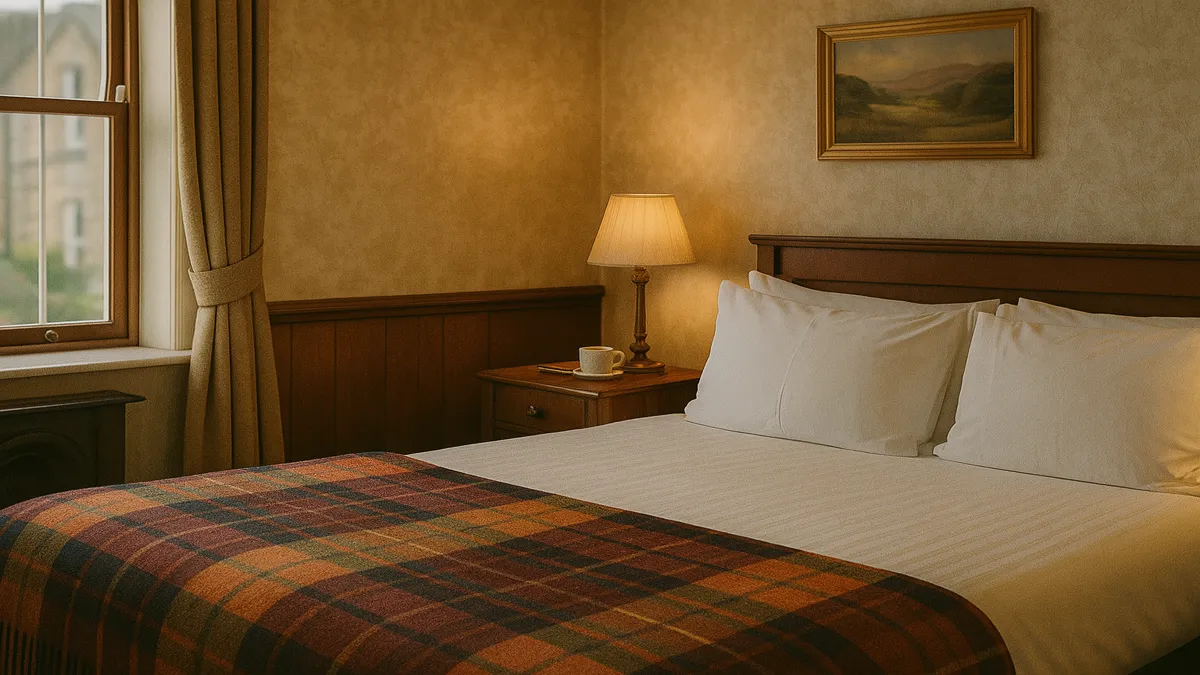
Booking Tip: Book well in advance, especially for summer travel to popular areas like the Isle of Skye, as accommodation fills up quickly.
Looking for the best hotel or flight deals?
Plan your trip with ease using the Expedia search tool below. From charming boutique hotels to luxury resorts, this widget helps you compare top options in seconds — flights included!
5. First-Time in Scotland: What You Need to Know
Navigating a new country is easier with a little preparation. Here’s what every first-timer needs to know for a smooth Scottish journey.
Visa & Entry Requirements (ETA Update for 2025 )
- General Rule: Many nationalities (e.g., US, Canadian, Australian, EU citizens) can enter the UK for tourism for up to six months without a visa.
- Electronic Travel Authorisation (ETA): As of 2025, the UK is implementing its new ETA system. This is a digital permission to travel for those who don’t need a visa for short stays.
- Who needs it? The ETA is being phased in by nationality. As of early 2025, citizens of several Middle Eastern countries and Jordan require an ETA. More nationalities will be added throughout 2025.
- How to apply: Applications are made online via the UK government website. It costs £10 and is valid for two years.
- Crucial for 2025: Always check the official UK government website (gov.uk) for the latest information on whether your nationality requires an ETA for your travel dates. Do this well in advance of your trip.
- Passport Validity: Ensure your passport is valid for the entire duration of your stay in the UK.
Currency & Money
- Pound Sterling (£): The currency is the Pound Sterling. Scotland issues its own banknotes (from Bank of Scotland, Royal Bank of Scotland, Clydesdale Bank), which are legal tender throughout the UK but can sometimes be difficult to exchange outside the UK. It’s best to spend them before you leave.
- Cards & Contactless: Credit/debit cards are widely accepted. Contactless payment is very common.
- ATMs (Cash Machines): Readily available in towns and cities.
Language & Communication
- English: The primary language. Be prepared for a variety of regional accents and dialects, which can be strong but are part of the charm!
- Scots & Gaelic: You’ll see road signs in both English and Scottish Gaelic in the Highlands and Islands. Scots is a distinct language spoken by many.
Cultural Etiquette
- Politeness: A “please” and “thank you” goes a long way. Scots are generally friendly and welcoming.
- Queuing: Like the rest of the UK, queuing (lining up) is a social norm. Always wait your turn.
- Pub Culture: Order drinks and often food at the bar. Tipping is not expected for drinks, but appreciated for good table service.
6. Solo Travel in Scotland
Scotland is a fantastic and safe destination for solo travelers. The stunning landscapes offer plenty of space for reflection, while the friendly cities provide ample opportunity for social interaction.
- Safety: Scotland is very safe, but standard precautions apply. Be aware of your surroundings in cities and inform someone of your plans if heading into the remote Highlands for a hike.
- Meeting People: Hostels are great social hubs. Joining a walking tour or a small group tour (e.g., a whisky tour or a trip to the Highlands) is a fantastic way to meet fellow travelers.
- Dining Alone: It’s perfectly common to dine alone, especially in pubs or casual cafes. Striking up a conversation with the bartender or locals is often easy.
- Transport: The train and bus network is efficient for solo travelers, making it easy to get between major destinations without a car.
7. Traveling Scotland with Family or as a Senior
Scotland caters wonderfully to all ages, but specific considerations can enhance trips for families and senior travelers.
Traveling with Family
- Kid-Friendly Attractions: From the monster-hunting boats on Loch Ness to the interactive exhibits at the National Museum of Scotland and the Harry Potter trail in Edinburgh, there’s plenty to keep kids engaged.
- Outdoor Fun: Explore castle grounds, go for gentle walks in national parks, or try spotting wildlife like red deer and puffins (seasonal).
- Accommodation: Self-catering cottages or family-friendly hotels often provide more space and convenience.
Traveling as a Senior
- Accessibility: Major cities and attractions are generally accessible, but be aware that historic sites and rural areas can have uneven terrain and stairs. Check accessibility in advance.
- Pacing: Opt for a slower pace. Choose fewer bases and take day trips to avoid constant packing and unpacking.
- Discounts: Many attractions, as well as ScotRail trains, offer senior discounts (often called “concessions”). Always ask!
- Comfort: Prioritize comfortable shoes and accommodation with good amenities. Guided bus tours can be a relaxing and convenient way to see the sights.
8. Digital Nomads in Scotland
With its inspiring landscapes and vibrant cities, Scotland is an increasingly popular choice for digital nomads. While the UK doesn’t have a specific “digital nomad visa,” remote work is possible under other visa categories for longer stays.
- Best Cities: Edinburgh and Glasgow are the main hubs, offering numerous co-working spaces, excellent coffee shops, and reliable high-speed internet. Both cities have a thriving creative and tech scene.
- Connectivity: Internet is generally fast and reliable in urban areas. In the remote Highlands and Islands, connectivity can be slower and less reliable, so plan accordingly if you need to work from there.
- Community: You’ll find a welcoming community of expats and fellow nomads, especially in the larger cities, with plenty of networking events and social groups.
- Work-Life Balance: The easy access to incredible nature is a huge plus. Finish your work day and be hiking up a hill or strolling by a loch within a short drive.
9. How Much Does a Trip to Scotland Cost?
Scotland can be more expensive than some other European destinations, but it’s possible to visit on a budget. Costs vary greatly between cities and rural areas.
Estimated Daily Budget (per person)
- Budget Traveler: £50-£80 (staying in hostels, cooking some meals, free activities)
- Mid-Range Traveler: £100-£180 (B&Bs or budget hotels, eating out, some paid attractions)
- Luxury Traveler: £250+ (luxury hotels, fine dining, private tours)
Money-Saving Tips:
- Free Museums: Many of Scotland’s best museums and galleries, especially in Edinburgh and Glasgow, offer free entry to their permanent collections.
- Pub Lunches: Often offer great value for money compared to dinner.
- Walk Everywhere: Scotland’s cities are incredibly walkable.
- Book Transport in Advance: ‘Advance’ tickets for trains are much cheaper than buying on the day.
- Consider a Historic Scotland or National Trust for Scotland Pass: If you plan to visit many castles and historic sites, one of these passes can save you a lot of money.
10. Getting Around: Trains, Buses, Cars & Ferries
Scotland’s diverse geography means you’ll likely use a mix of transport. The network is generally efficient, but planning is key, especially for rural areas.
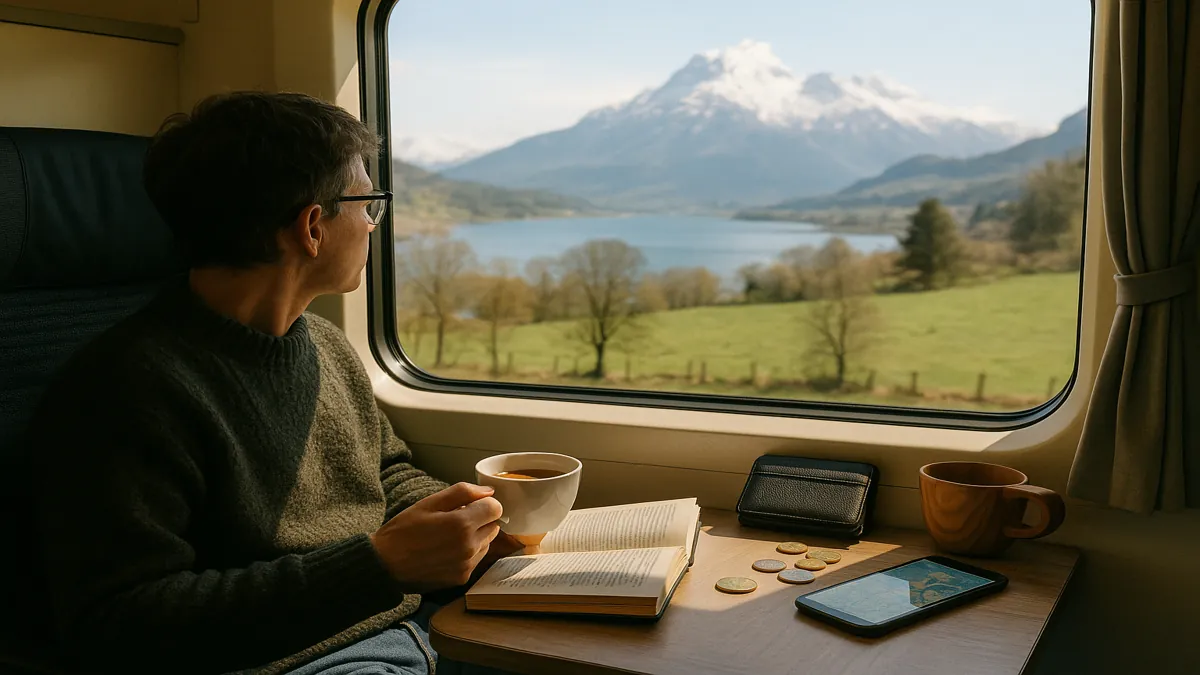
Trains (ScotRail )
- Pros: Fast, comfortable, and incredibly scenic, especially routes like the West Highland Line (Glasgow to Mallaig). Ideal for travel between cities (Edinburgh, Glasgow, Aberdeen, Inverness).
- Cons: Can be expensive if not booked in advance. The network is less comprehensive in the remote north and west.
- Booking: Use the ScotRail website or Trainline to book tickets.
Buses & Coaches
- Pros: More extensive network than trains, reaching most towns and villages. Generally cheaper.
- Cons: Slower than trains.
- Operators: Citylink is the main long-distance coach operator. Local buses serve towns and rural areas.
Driving
- Pros: Offers maximum flexibility, essential for exploring remote areas like the Highlands, North Coast 500, and the islands at your own pace.
- Cons: Driving is on the left. Many rural roads are narrow, single-track roads with passing places. Fuel can be expensive. Parking in cities is difficult and costly.
- Rental: Major car rental companies are available at airports and city centers. Book in advance.
Ferries (CalMac & NorthLink )
- Pros: Essential for island hopping. The journeys themselves are often scenic highlights.
- Cons: Can be affected by weather. Popular routes (especially for cars) must be booked far in advance in summer.
- Operators: CalMac (Caledonian MacBrayne) serves the west coast islands. NorthLink Ferries serves Orkney and Shetland.
11. Must-Try Foods and Cultural Tips
Scottish cuisine is hearty, delicious, and makes the most of its incredible natural larder, from world-class seafood to famous beef and game.
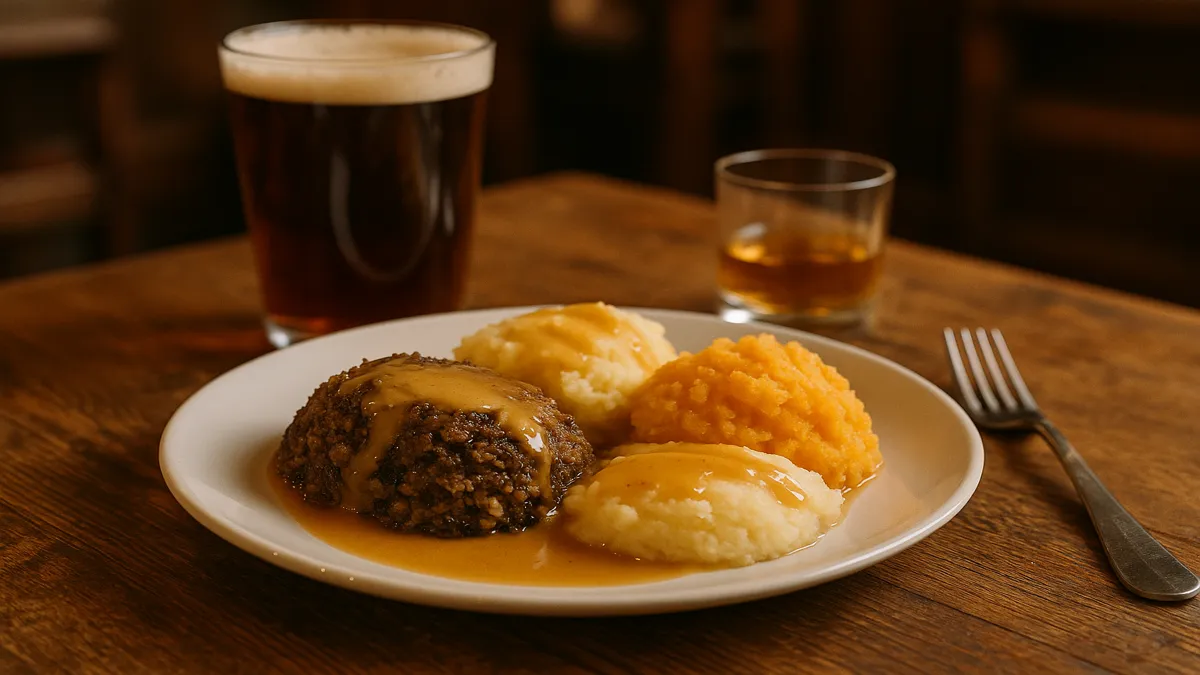
Must-Try Foods
- Haggis, Neeps & Tatties: Scotland’s national dish. A savory pudding of sheep’s pluck, minced with onion, oatmeal, and spices. It’s delicious—be brave and try it!
- Full Scottish Breakfast: Similar to a Full English, but often includes haggis, black pudding, a tattie scone (potato scone ), and Lorne sausage.
- Cullen Skink: A thick, creamy smoked haddock soup. A specialty from the town of Cullen.
- Fresh Seafood: Scotland’s salmon, langoustines (prawns), scallops, and oysters are world-class.
- Cranachan: A traditional dessert made from oats, cream, whisky, and raspberries.
- Shortbread: The classic buttery biscuit.
Drinks & Cultural Tips
- Scotch Whisky: A visit to a distillery is a must. Scotland has five whisky regions, each with its own distinct character.
- Irn-Bru: Scotland’s “other” national drink, a bright orange fizzy pop with a unique flavor.
- Pub Culture: The pub is the heart of many communities. It’s a place for a drink, a meal, and often live traditional music.
- Ceilidhs: A traditional Scottish social gathering with folk music and dancing. If you get the chance to go to one, do it! The dances are called out, so beginners are always welcome.
12. Sample Itineraries in our Scotland Travel Guide
To help you visualize your trip, here are a few sample itineraries. These are just starting points—feel free to adapt them to your interests!
7-Day Classic Scotland (First-Timers)
- Day 1-3: Edinburgh. Explore the castle, Royal Mile, and New Town. Day trip to St Andrews or Rosslyn Chapel.
- Day 4-6: Highlands. Pick up a rental car or join a tour. Drive through Glencoe to Fort William. Explore Loch Ness and Inverness.
- Day 7: Return & Departure. Drive back to Edinburgh or Glasgow for your flight home.
10-Day Scotland & Isle of Skye
- Day 1-3: Edinburgh. (As above).
- Day 4-5: Inverness & Loch Ness. Take a train or drive to Inverness. Explore the city and Loch Ness.
- Day 6-8: Isle of Skye. Drive to Skye. Explore the Trotternish Peninsula (Old Man of Storr, Quiraig), Dunvegan Castle, and Portree.
- Day 9: Glencoe & Loch Lomond. Drive south via the stunning Glencoe valley.
- Day 10: Glasgow. Explore Glasgow before departing.
13. Travel Tools, Resources & Safety
Being prepared with the right tools and information can make your Scotland trip even more enjoyable and stress-free.
Travel Tools
- Travel Insurance: Always travel with comprehensive travel insurance. It covers unexpected medical emergencies, trip cancellations, and lost luggage. We recommend World Nomads.
- Offline Maps: Download Google Maps or Maps.me for offline use, crucial for rural areas with poor signal.
- Weather App: A reliable weather app is essential for planning your daily activities.
- Midge Repellent: If traveling in the Highlands in summer, a good midge repellent (like Smidge ) is non-negotiable.
As an Amazon Associate, we earn from qualifying purchases.
Staying Safe
- Driving: Be cautious on single-track roads. Understand the etiquette of using passing places (pull over to the left to let oncoming traffic pass).
- Hiking: If you’re heading into the hills, even for a short walk, be prepared. The weather can change in an instant. Wear proper footwear, take waterproofs, a map, and a compass.
- Emergency Services: Dial 999 for police, ambulance, or fire.
14. FAQs for First-Time Visitors
Here are some common questions first-time visitors have about traveling to Scotland:
- Do I need a visa for Scotland?
- Many nationalities can enter visa-free for up to 6 months. However, check the official UK government website (gov.uk) for the latest on the new Electronic Travel Authorisation (ETA) requirement for your nationality in 2025.
- What currency is used in Scotland?
- The Pound Sterling (£). Scottish banknotes are legal tender throughout the UK.
- What is the weather really like?
- Changeable! It’s often said you can experience all four seasons in one day. Always pack layers and a waterproof jacket, no matter the season.
- What are midges and should I be worried?
- Midges are tiny biting insects found in the Highlands and Islands, mainly from late May to September. They are most active at dawn and dusk. They are annoying but harmless. Use a good repellent.
- Is it easy to drive in Scotland?
- Driving on the left can be a challenge for some. City driving can be stressful. Rural driving is beautiful but requires care on narrow, single-track roads.
15. What’s Next? More Guides to Explore
Your first trip to Scotland is just the beginning of a lifelong love affair with this incredible country. Once you’ve explored the highlights, there’s so much more to discover, from the remote Orkney and Shetland Islands to the rolling hills of the Borders.
Happy travels, and enjoy your unforgettable journey through Scotland!
Related Articles to Inspire Your Next Adventure:
🇪🇺 Western Europe
🇪🇺 Southern Europe
🇪🇺 Northern Europe
🇪🇺 Central Europe
🇪🇺 Eastern Europe & Baltics
🌍 Continental Overview
References:
European Union. (2025, April 14). Revised timeline for the EES and ETIAS. Retrieved from Official EU Site
